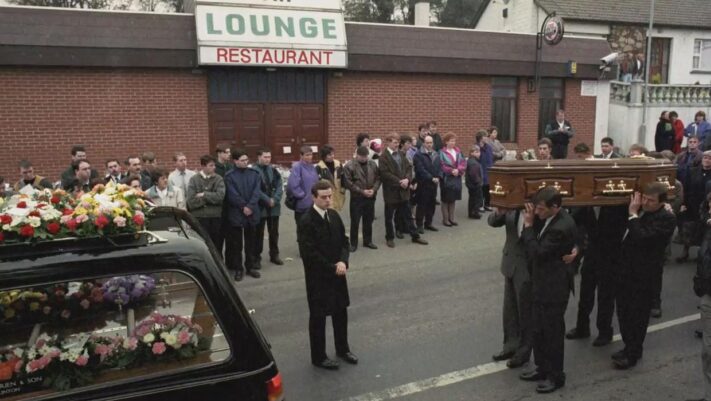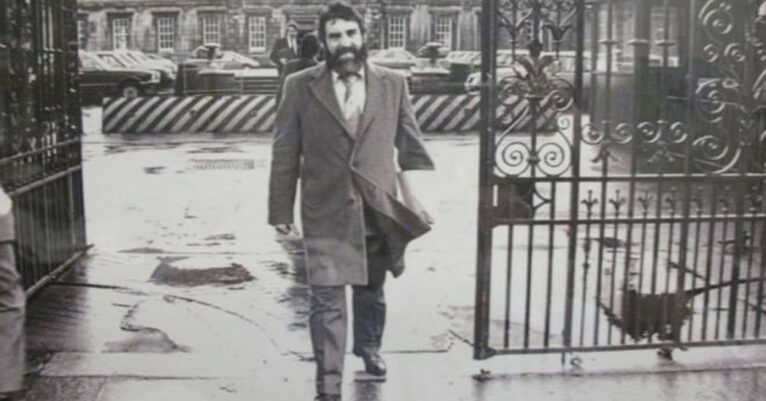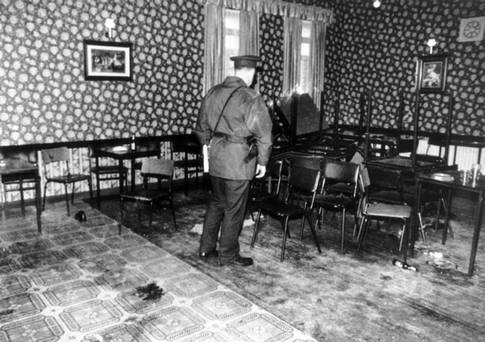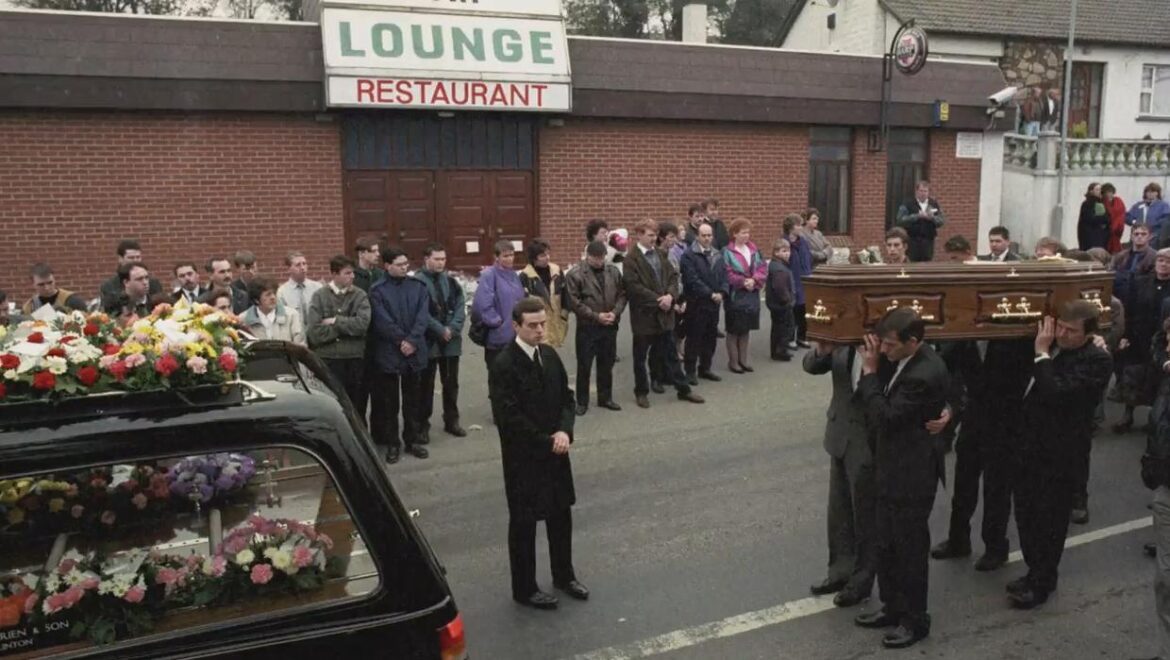 POLICE failed to warn several murder victims – including two Sinn Féin councillors – that they were under threat of attack, a report on the Derry and North Antrim UDA/UFF has stated.
POLICE failed to warn several murder victims – including two Sinn Féin councillors – that they were under threat of attack, a report on the Derry and North Antrim UDA/UFF has stated.
The police ombudsman looked into 19 murders, including the Greysteel massacre, and its report uncovered no evidence police had prior knowledge of any of the shootings.
But it found “collusive behaviours”.
This included indications members of security forces passed on information to the UDA/UFF gang.
Other examples cited were intelligence and surveillance failings leading to the arming of loyalists and the deliberate destruction of records relating to informants.
The ombudsman also expressed “significant concerns about police conduct”.
The PSNI said policing was much changed in the present day and that it remained committed to bringing the killers to justice.
The 336-page report covers 11 sectarian attacks carried out by a UDA faction in the north west between 1989 and 1993 and claimed using the cover name of the Ulster Freedom Fighters (UFF).
Some of the victims were killed in random attacks, but others were individually targeted as members of Sinn Féin or the IRA.
Among the victims were Sinn Féin councillors Eddie Fullerton and Bernard O’Hagan.
The full list of incidents examined:
The murder of Gerard Casey at Rasharkin in April 1989.
The murder of Eddie Fullerton at Buncrana in May 1991.
The murder of Patrick Shanaghan at Castlederg in August 1991.
The murder of Thomas Donaghy at Kilrea in August 1991.
The murder of Bernard O’Hagan at Magherafelt in September 1991.

Sinn Fein Councillor Eddie Fullerton murdered by UFF
The murder of Daniel Cassidy at Kilrea in April 1992.
The attempted murder of Patrick McErlain at Dunloy in August 1992.
The murder of Malachy Carey at Ballymoney in December 1992.
The murders of Robert Dalrymple, James Kelly, James McKenna and Noel O’Kane at Castlerock in March 1993.
The murders of John Burns, Moira Duddy, Joseph McDermott, James Moore, John Moyne, Steven Mullan, Karen Thompson and Samuel Montgomery at Greysteel in October 1993.
The report has taken years to compile, following an initial complaint made by Mr Fullerton’s family in 2006.
The report stated that the 56 year old was one of six people murdered whose names had been found in caches of loyalist intelligence information recovered by police.
Most were not informed they were under threat – a contravention of procedures.
The report was unable to conclude if notification “in itself” would have been sufficient to protect people.
However, a threat notification “would have allowed them to review their personal safety measures”.
Police Ombudsman Marie Anderson said that in 1989 the police were aware of the “growing threat” posed by the North West UDA.
She went on: “This increased threat was not initially accompanied by a policing response proportionate to the increased risk to members of the republican and nationalist communities.”
Her report also stated there were links between the UDA and members of the police and the Army’s Ulster Defence Regiment (UDR).
But police failed to deal “appropriately” with members of the security forces suspected of, or involved in, the passing of sensitive information.
One of two former police officers she reported to the Public Prosecution Service (PPS) during the course of her investigation was suspected of leaking information.
The other had failed to disclose a suspect in one of the shootings was also an informant.
The PPS directed that neither individual should be prosecuted.
Mark Thompson, of Relatives for Justice, speaking on behalf of a number of the victims’ families, said they had been “vindicated in their long-held belief that collusion was a dominant theme in the murders”.
Ms Anderson’s report stated that “generally” police investigations into the attacks were prompt and thorough, resulting in a number of convictions.
It also found a number of instances where they obtained information from informants which disrupted the UDA and “may have saved lives”.
The worst of the attacks was at The Rising Sun bar in the village of Greysteel in County Londonderry in October 1993, which left eight people dead – seven Catholics and one Protestant.
One of the gunmen shouted “trick or treat” before he opened fire.
It was in retaliation for the IRA’s Shankill bombing a week earlier.
The report stated that while it was predicted UDA activity would escalate in response to the bombing, there “was no specific intelligence that the North West UDA was planning an attack”.
The UFF claimed responsibility for the 1991 gun attack which killed Patrick Shanaghan in Castlederg, County Tyrone.

An RUC officer observes the devastation inside the Rising Sun Bar following the UFF massacre in 1993
The report touched on the fact that a police officer had prevented a local doctor from giving Mr Shanaghan medical treatment at the scene of the shooting.
However the family was also critical that the Ombudsman was not able to deal with their claims that in the lead up to his killing, Mr Shanaghan had been subjected to harassment and death threats from police officers.
In a statement, the family said, “What is most distressing for us was the blatant disregard the police had for Patrick’s life and the inexcusable refusal of police to allow medical assistance for Patrick after he was shot.
“As in life, Patrick was in death, denied the most basic of human rights.”
Tags:





